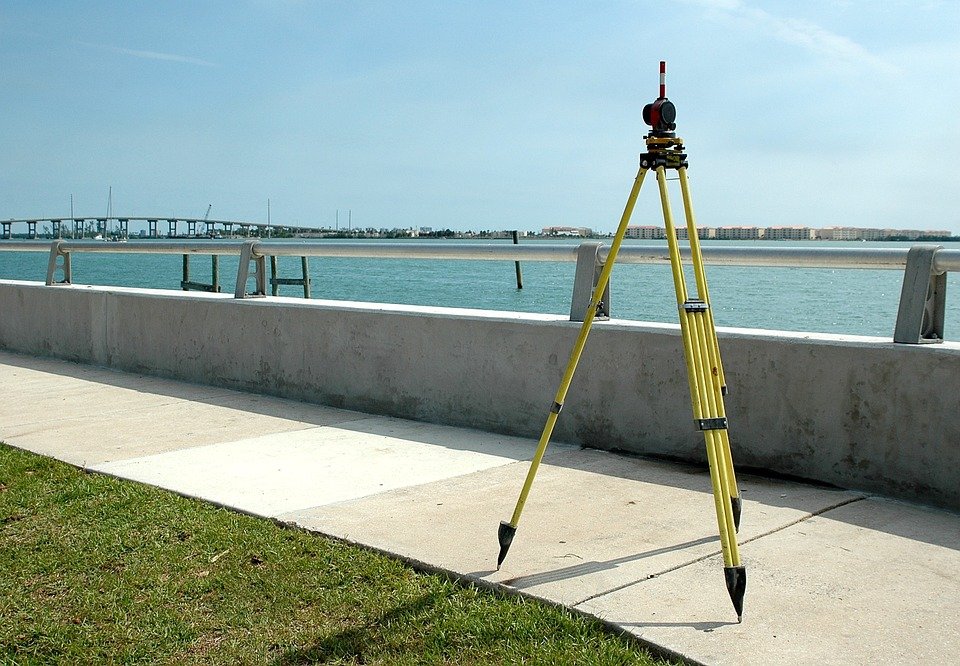[ad_1]
Exploring the Benefits of Using Elevation Data for Landscape Analysis
Elevation data can provide an important source of information when it comes to understanding the geography of an area and its topography. By collecting and analysing elevation data, it is possible to gain a better understanding of the characteristics of a landscape and how it has formed. In the field of landscape analysis, elevation data can be used to detect landforms, calculate surface area, and estimate potential hydrologic behaviors. It can also be used to determine the extent of surface runoff, or to assess the suitability of a location for a particular activity or development.
What is Elevation Data?
Elevation data is a set of numerical values that describe the elevation of a geographic location. This data is usually collected in a digital form, such as a digital elevation model (DEM), and is used to create maps and other visualizations of the topography of an area. Elevation data can be collected using a variety of methods, including aerial photography, satellite imagery, and ground surveys.
Benefits of Using Elevation Data
Elevation data can be used to gain a better understanding of the terrain and landforms of an area. By examining elevation data, it is possible to identify hills, valleys, ridges, and other landforms, as well as to calculate the surface area of an area. Elevation data can also be used to estimate the potential for surface runoff in an area, or to assess the suitability of a location for a particular activity or development.
Elevation data can also be used to create digital terrain models (DTM), which can be used to simulate different scenarios, such as land use changes or the effects of climate change. DTMs can be used to identify areas that are prone to flooding or landslides, or to assess the potential for erosion or other land degradation.
Applications of Elevation Data
Elevation data can be used in a variety of applications, including hydrological modeling, transportation planning, land use planning, and natural resource management. For example, elevation data can be used to create flood maps, which can be used to inform emergency management and mitigation efforts. It can also be used to create models that predict the impacts of climate change on an area, such as the potential for sea-level rise.
Elevation data can also be used to create digital elevation models (DEMs) for various types of analysis, such as hydrological modeling, land use modeling, and habitat suitability analysis. DEMs can be used to assess the potential for surface runoff, erosion, or other land degradation, or to identify areas that are prone to flooding or landslides.
Conclusion
Elevation data is an important source of information when it comes to understanding the geography of an area and its topography. By collecting and analysing elevation data, it is possible to gain a better understanding of the characteristics of a landscape and how it has formed. Elevation data can be used in a variety of applications, such as hydrological modeling, transportation planning, land use planning, and natural resource management. By using elevation data, it is possible to gain a more comprehensive understanding of an area and its potential for various activities and developments.
[ad_2]


